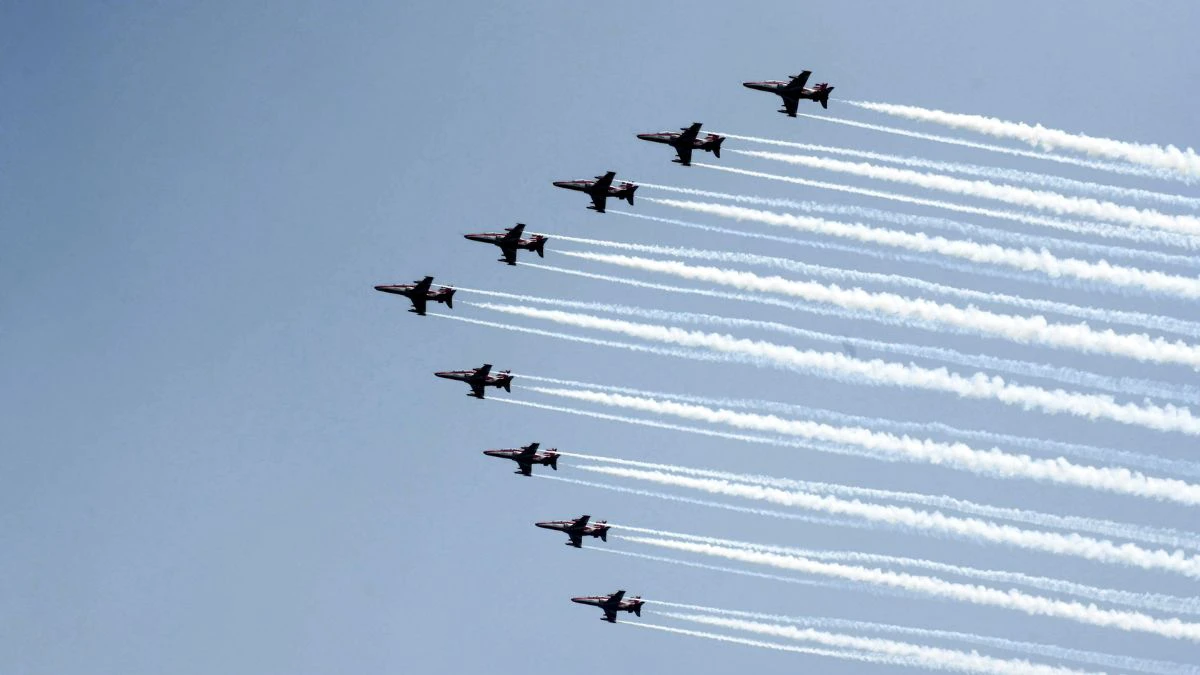The Indian Air Force (IAF) has successfully carried out Exercise Aakraman, a major operational drill in the central sector, highlighting its advanced fighter capabilities led by the Rafale jets.
The IAF currently operates two squadrons of these state-of-the-art aircraft, based at Ambala in Haryana and Hashimara in West Bengal.
This exercise focuses on complex mission profiles, utilising cutting-edge technology for a range of operations. The Times Of India report cited defence sources as stating that, the Rafale jets are engaged in intricate missions that include ground attack and electronic warfare exercises. Aircraft have been deployed from various airbases, including those located in the eastern region.
During the exercise, the IAF is practising high-intensity ground strike operations designed for different terrains, such as flat lands and mountainous areas. The introduction of modern weaponry like Meteor air-to-air missiles and precision strike systems such as the Rampage and Rocks has bolstered the IAF’s strategic capabilities in South Asia.
The timing of Exercise Aakraman is significant, occurring amid rising tensions between India and Pakistan following a recent terrorist attack in Pahalgam, Jammu and Kashmir. The exercise features top IAF pilots, known as “Top Guns,” and is being closely monitored by Air Headquarters under the guidance of highly qualified instructors.
Historically, the IAF has demonstrated its offensive capabilities, notably during the 2019 post-Pulwama airstrikes when Mirage 2000 jets were used for precision strikes in Pakistan. The addition of Rafale jets since then has further enhanced the IAF’s operational strength. Moreover, the introduction of new force multipliers, including the S-400 air defence system, allows the IAF to counter advanced aerial threats effectively, including enemy airborne early warning and control aircraft.
